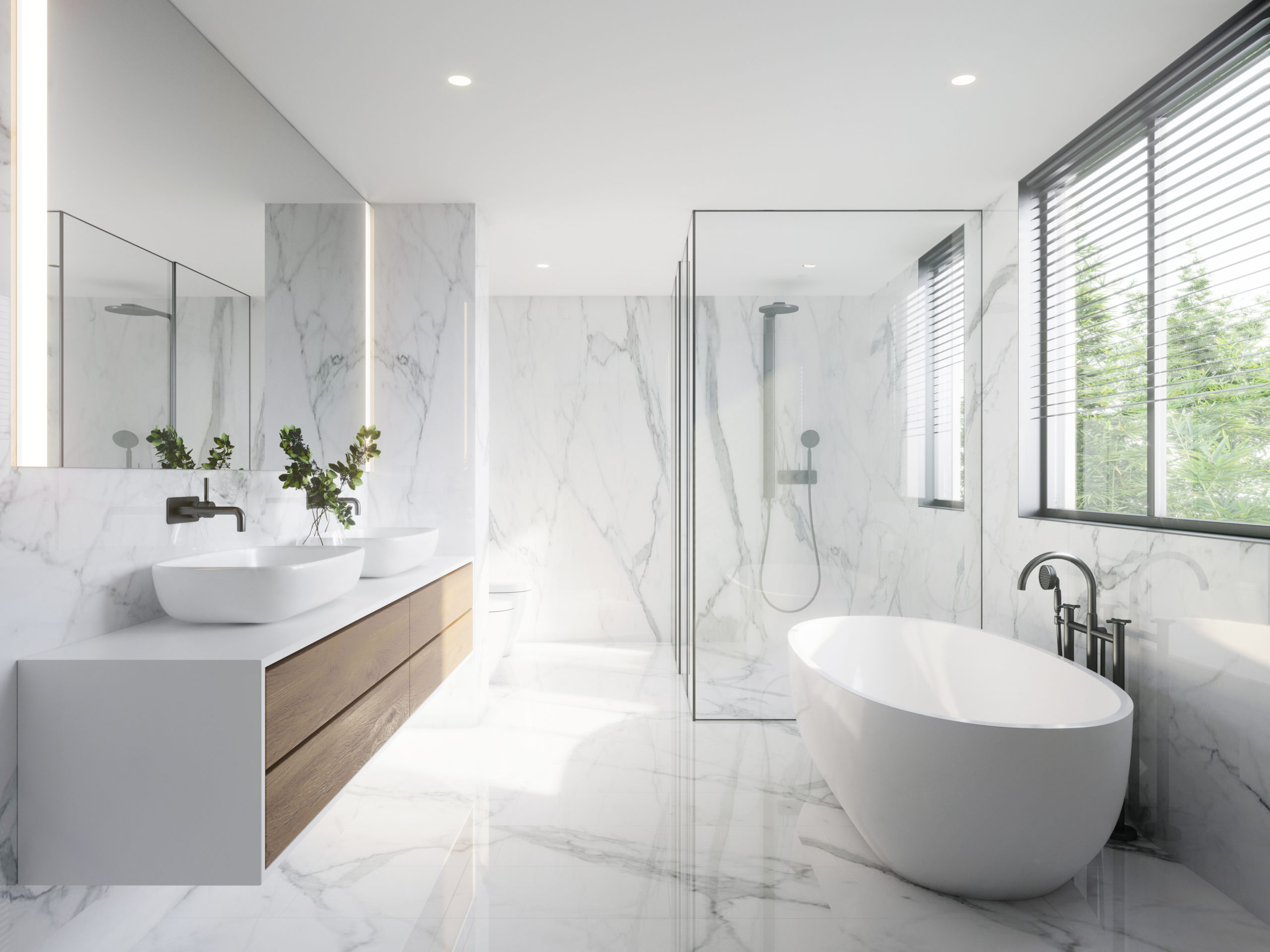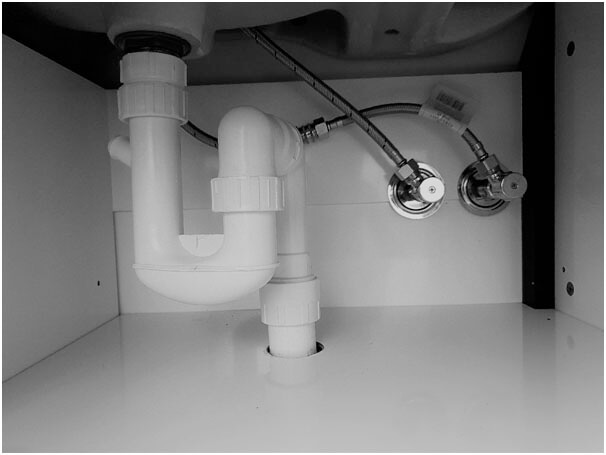The content listed below about Why Plumbing Air Vents Are Important is exceptionally fascinating. Give it a try and make your own conclusions.

Proper air flow in pipes systems is frequently neglected, yet it is essential for preserving the functionality and safety of your home's plumbing. Air flow helps regulate air pressure, prevent the buildup of hazardous gases, and make sure the reliable elimination of waste. In this guide, we will certainly explore the relevance of correct plumbing ventilation, just how it works, and the advantages it offers your plumbing system.
Understanding Ventilation in Plumbing
Air flow in plumbing describes the network of pipes that permit air to flow through the water drainage system. These vents offer several purposes, consisting of controling atmospheric pressure within the pipelines, preventing sewage system gases from getting in the home, and helping in the smooth flow of wastewater.
Just How Air Flow Functions in Plumbing Equipments
Atmospheric Pressure Regulation
Proper air flow maintains well balanced atmospheric pressure within the pipes system. When water flows through pipes, it displaces air. Without appropriate ventilation, this displacement can create unfavorable stress, bring about reduce drains pipes or siphoning of water from traps, which can create unpleasant smells to permeate right into the home.
Stopping Sewer Gas Accumulation
Among the most crucial features of plumbing vents is to stop drain gases, such as methane and hydrogen sulfide, from building up within the home. These gases can pose major health threats and are highly combustible. Vent pipelines enable these gases to get away securely outside.
Assisting in Waste Removal
Air flow assists in the efficient removal of wastewater by preventing airlocks in the drain system. When air can flow freely through the vents, it allows water and waste to move efficiently with the pipelines, reducing the danger of clogs and back-ups.
Types of Pipes Vents
Main Stack Vent
The primary pile air vent, also called the air vent pile, is the primary air vent in a pipes system. It expands from the major drain line up via the roofing, permitting gases to get away and fresh air to go into the system.
Branch Vent
Branch vents attach to the major pile air vent and offer specific components, such as sinks, bathrooms, and showers. These vents make sure that each component has adequate air flow to work properly.
Air Admission Shutoff (AAV).
An Air Admittance Valve (AAV) is a one-way shutoff that enables air to enter the plumbing system without the demand for a standard air vent pipeline expanding through the roof. AAVs are generally used in improvements or locations where mounting a conventional vent is impractical.
Indicators of Poor Air Flow in Pipes.
Slow Draining Fixtures.
If your sinks, tubs, or toilets are draining gradually, it could be a sign of bad ventilation. Poor air circulation can produce a vacuum effect, making it tough for water to drain pipes effectively.
Gurgling Sounds.
Gurgling sounds coming from drains are commonly a result of air being drawn through water catches due to negative stress in the pipelines. This is a clear sign of inadequate ventilation.
Unpleasant Odors.
Drain smells inside your home are a red flag that your plumbing system is not properly aerated. This could indicate that sewage system gases are not being appropriately aired vent outside, bring about potentially unsafe problems.
Usual Air Flow Mistakes.
Poor Vent Sizing.
Making use of small vent pipes can lead to poor air flow and pressure imbalances in the system. It's important to make use of vents that fulfill the particular requirements of your plumbing system.
Improper Vent Positioning.
Placing vents also far from the fixtures they serve can minimize their efficiency. Appropriate positioning guarantees that air can stream easily and efficiently via the system.
Ignoring Code Needs.
Building regulations offer certain standards for pipes ventilation. Disregarding these codes can result in a system that fails to operate appropriately and may lead to pricey repairs or carcinogen.
Advantages of Correct Ventilation.
Improved System Effectiveness.
Properly ventilated plumbing systems operate a lot more successfully, with less clogs, faster draining, and less strain on the pipelines. This efficiency extends the life expectancy of the pipes system.
Improved Air High Quality.
By avoiding drain gases from entering your home, appropriate ventilation adds to far better indoor air top quality, making your living atmosphere healthier and much more comfortable.
Preventing Water Damages.
Appropriate air flow helps protect against water from being siphoned out of catches, which can lead to drain gases going into the home and creating water damage gradually.
Steps to Make Sure Proper Air Flow.
Consulting Pipes Codes.
Always seek advice from local plumbing codes when making or changing your pipes system. These codes provide the necessary standards for proper venting and guarantee your system meets safety and security requirements.
Regular Examination and Maintenance.
Normal assessments can help recognize prospective air flow issues before they come to be major problems. Upkeep tasks, such as cleansing air vent pipes and checking for obstructions, are vital for maintaining the system in good working order.
Professional Installment.
For new installments or major modifications, it's a good idea to work with a specialist plumbing professional. They have the proficiency to guarantee the ventilation system is properly developed and installed according to code.
Verdict.
Appropriate air flow is a vital component of any kind of plumbing system, ensuring that it functions successfully and safely. By comprehending the significance of ventilation, acknowledging the indicators of inadequate ventilation, and taking actions to keep your system, you can protect against pricey issues and safeguard your home's air quality.
4 Things You Should Know About Your Plumbing Vents
What Plumbing Vents Are
Also called a vent stack, a plumbing vent is a vertical pipe attached to your drain line that runs through your roof. The plumbing vent pipe, or plumbing air vent, removes gas and odors from your plumbing system and allows fresh air to enter the pipes, helping the water to flow out of the drain pipes.
What Plumbing Vents Do
Plumbing vents have two basic functions. One of which is to allow unpleasant smelling wastewater and sewer gasses to escape your plumbing system instead of entering your home. Plumbing vent pipes are typically located on roofs, away from windows, to ensure the fumes exit the home completely.
The other function of the plumbing vent is to move fresh air into your plumbing system. This helps move water through every plumbing fixture in your house, like toilets and sink drains. Think of the way in which you need to let a little air into the bottle as you pour soda in order to make the drink flow smoothly.
Different Types of Plumbing Vents
True vent: This is the most common vent option. In simplest terms, a true vent is a vertical pipe attached to your drain line that exits through the roof. They often function as the main vent that other fixtures can connect to. Re-vent pipe or auxiliary vent: Attached to the drain line near specific plumbing fixtures, re-vent pipes run up and over to connect to the main vent. Common vent: Two plumbing fixtures installed on opposite sides of a wall are typically tied into the vent stack using something known as a sanitary cross. Wet vent: This venting option operates as a drain pipe and a vent at the same time. Wet vent drainage systems drain water from one fixture while venting the air from another. Although they’ve been used for over 100 years, wet vent systems have only recently been added to the plumbing code in many areas. If you’re planning on installing one in a bathroom remodel, make sure you check your local code prior to construction. Loop vent: For free-standing fixtures like kitchen island sinks, loop vents are ideal. These vent pipes run under the floor, rise from the P-trap, and create a loop inside the cabinet sink. Air admittance valve: An AAV is a one-way mechanical valve typically installed at the site of the plumbing fixture. AAVs allow venting to occur without having to tie into a larger venting system. They’re ideal for venting fixtures where you aren’t able to easily connect to an existing vent system. Common Plumbing Vent Issues
Although vent pipes typically don’t have water flowing through them, they’re still subject to many typical plumbing issues. For example, clogs are one of the most common problems associated with sewer vent pipes. If your vent pipe gets clogged, all of your plumbing fixtures tied into the vent stack will be affected.
A sink with a slow drain that bubbles and gurgles or a strong sewage smell around your toilet are both indicators that your toilet vent pipe is clogged. Because most vent pipes exit through the roof, old leaves, twigs or even a bird’s nest could be clogging the pipe.
Clogs in your vent pipe system cause a buildup of negative pressure, meaning that water won’t be able to flow out of your home very well. It’s similar to putting your finger over the opening of a straw to trap water inside. When you remove your finger, the water is able to flow out of the straw.
If you suspect you have any blockage in your vent, make sure you have a professional come examine the situation. Left unchecked, a blocked air vent can lead to other costly repairs, like leaks and sediment buildup.
Under Pressure
Pipe vents are essential aspects of a home’s plumbing system. Owning a home means learning about all sorts of things you never put much thought into before. But by understanding as much as you can about the important systems of your home, you can keep those budgets intact and those anxiety levels low.
https://www.homeserve.com/en-us/blog/home-improvement/plumbing-vents/

Do you really like reading up on The Upsides of Proper Ventilation in Plumbing Design? Leave feedback down below. We would be delighted to know your opinion about this blog entry. Hoping that you come back again later on. Enjoyed reading our blog? Please share it. Help someone else find it. Thank you so much for taking the time to read it.
Request An Estimate